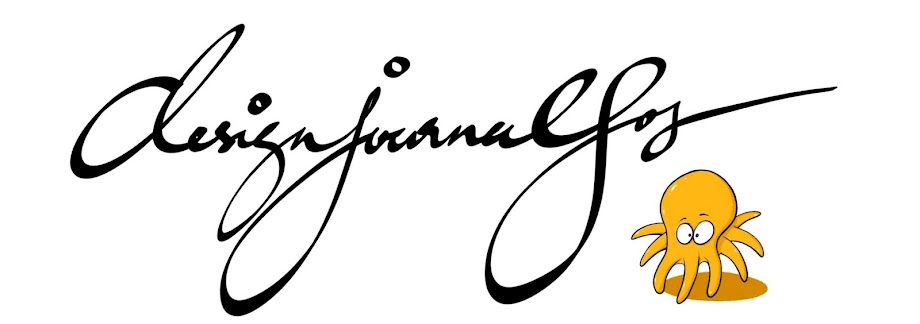Time waits for no man and we have come to the end of our second semester (2015) with a second batch of students doing lower secondary D&T.
In this semester, all Secondary 2 students design (well sort of) and make a mechanical (CAM Mechanism) boat toy. I planned the overall schedule and deliverables. In the Design Journal component, students researched various boat patterns, learnt to select, refine and make the chosen boat pattern to be installed on top of their mechanical toy structure. In the workshop component, everyone follows the steps I planned to make an identical main structure.
Students learn how to copy selected boat profile research line drawings into their Patterns Generation section. They learn how to copy a drawing from their sketchbook using techniques like identifying major shapes and use of negative space. Students then vote for each other the best fitting boat profile for refinement and development.
I could not be any more glad that almost every student learned to apply the drawing techniques and tips I taught them to finish up just 6 initial boat patterns for later considerations.
Fast forward to making. 2E3 students just collected their materials to make their mechanical toy boat box carcase. Here they do a dry fit and make sure all their marking on each piece of wood are in the correct orientation relative to each other. VERY IMPORTANT. What happens after this is we move to the back of the classroom to the workshop where I demonstrate how to fix a wooden carcase.
In this semester, all Secondary 2 students design (well sort of) and make a mechanical (CAM Mechanism) boat toy. I planned the overall schedule and deliverables. In the Design Journal component, students researched various boat patterns, learnt to select, refine and make the chosen boat pattern to be installed on top of their mechanical toy structure. In the workshop component, everyone follows the steps I planned to make an identical main structure.
Students learn how to copy selected boat profile research line drawings into their Patterns Generation section. They learn how to copy a drawing from their sketchbook using techniques like identifying major shapes and use of negative space. Students then vote for each other the best fitting boat profile for refinement and development.
I could not be any more glad that almost every student learned to apply the drawing techniques and tips I taught them to finish up just 6 initial boat patterns for later considerations.
Fast forward to making. 2E3 students just collected their materials to make their mechanical toy boat box carcase. Here they do a dry fit and make sure all their marking on each piece of wood are in the correct orientation relative to each other. VERY IMPORTANT. What happens after this is we move to the back of the classroom to the workshop where I demonstrate how to fix a wooden carcase.
Snippet of some instructions I put up on the whiteboard. This little offset 12 mm diameter hole is a tip we learned from a design and technology website that suggested the follower is preferably not directly above the axle of the cam. And so we learned to apply this idea. The final product does worked better.
Everybody looked forward to bringing their mechanical boat toy product home except one with a thumb down. He didn't like his own workmanship. I say more practice and you'll be better next time. Anyways finally the students bring home their creation.
Above: 2N2.
Reflections from 2E3 and their experiences with me.
Reflections from 2N2 and their experiences with me.
This is our second and last day (12/10/15) for checking examination scripts and 2N2 had two periods with me. I gathered all the leftover scrap pieces from the mechanical toy project and we made mini wooden toy cars out of them. I can tell you they are a bunch of happy lots.
Secondary 1 Semester 1 Boat Pen/Pencil Holder Project students' reflection HERE.

































.jpg)
%2B(Edit).jpg)
%2BEdit.jpg)

